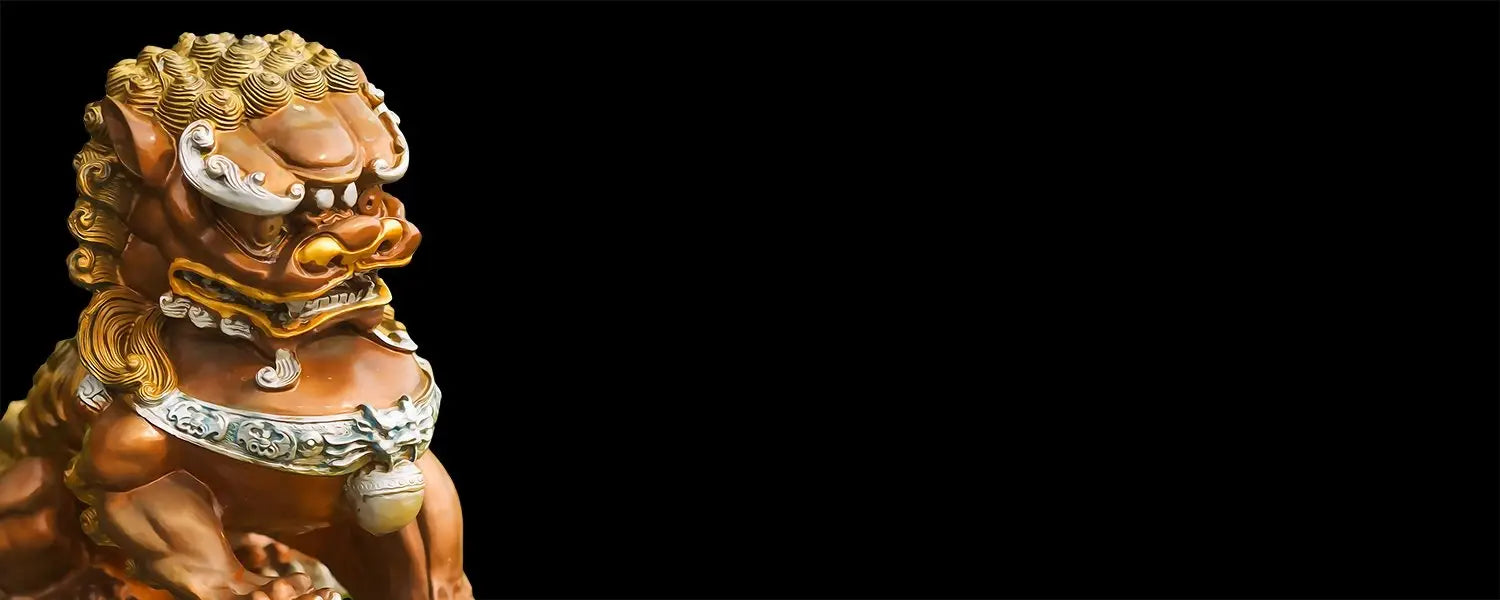The Lion in the Buddhist Religion
For thousands of years, lions have been a symbol of royalty, strength and bravery for the people of Africa, Europe and Asia. Known for fearing nothing and acting without hesitation, they came to be known as "kings of the jungle."
Buddhism, too, has incorporated lion symbolism to describe the noble qualities that people can develop through Buddhist practice.
Buddha, called the “lion of the Shakyas”
In The Lotus Sutra and its opening and closing sutras, Shakyamuni Buddha is called the "lion of the Shakyas" and the "lion of the Sages"
Contrary to the image of a Buddha always seated in placid meditation, the Lotus Sutra depicts him and his disciples as those who have the power of "lion's ferocity" and who "walk without fear like the lion king"
This does not mean that the Buddha was an intimidating character. On the contrary, he possessed an immense state of life characterized by absolute freedom and courage, unfazed by any problem. Shakyamuni fought tirelessly within society to challenge injustice, achieve equality, and alleviate human suffering.
The Chinese characters for the word lion (shishi pronounced in Japanese) also have meaning deep. Although there are variations throughout literature, the lion in Buddhist sutras is written with two characters which can mean "master" and "disciple" respectively - both of which are gender neutral.
The Lotus Sutra contains the expression "to roar the lion's roar and make a wish."
Nichiren explains these words by saying: The first shi of the word shishi, or "lion" which means "master" , is the wonderful law that is transmitted by the master. The second shi[meaning 'child'] is the Wonderful Law as received by the disciples.
The “roar” is the sound of the master and disciples singing in unison “

When the mentor and disciple are united in their vow to spread the Wonderful or Mystical Law, they can maximize their inherent strength and achieve all their goals.
When we sing Nam-myoho-renge-kyo to the Gohonzon with this "lion's roar", we can take courageous steps to overcome our problems, make our dreams come true, and awaken others to their great potential in teaching how to practice Nichiren Buddhism.
SGI President Ikeda writes: "As disciples, it is important that we make our mentor's heart our own and that we we let our voices ring powerfully with our shared commitment to achieving the greater good."
"The lion's roar of the mentor and disciple chanting Nam-myoho-renge-kyo has the unparalleled power to repel all adversity and transform troubled times"
Practicing Buddhism with the brave heart of the lion king, with the unity of mentor and disciple, allows us to overcome all obstacles on our path and to create the greatest happiness and harmony in our lives and in society.
Lion of Fo, also called Lion of Buddha , Dog of Fo, or Shishi< /strong>, in Chinese art, stylized figure of a < /span>lion snarling. Its original meaning was as aguardian presence in a Buddhist temple.
Fo's lions are often created in pairs, with the male playing with a ball and the female with a cub.











































